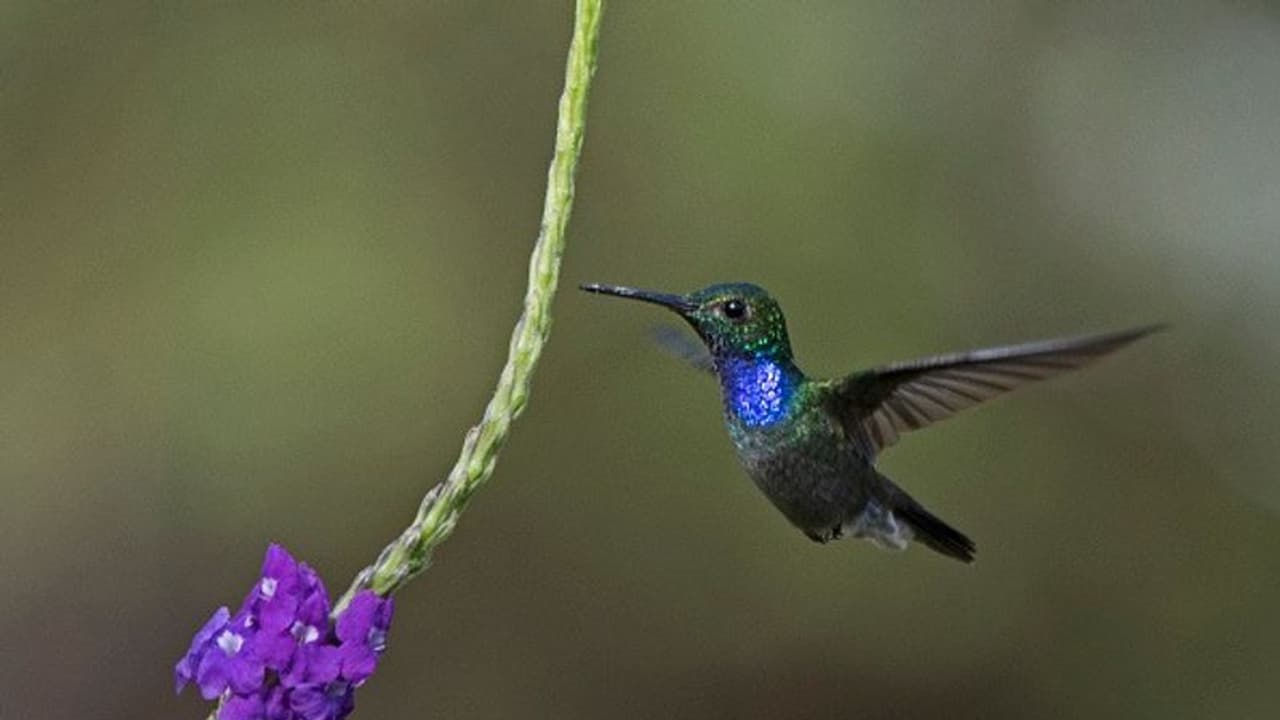In the latest case study researchers studying white-necked jacobins in Panama noticed that nearly 30% of the more than 120 females they captured and sexed between 2015 and 2019 turned out to be females that looked like males.
Many studies have shown that in birds, males are often the ones to sport showy, colourful feathers—the better to attract and entice females.

In the latest case study researchers studying white-necked jacobins in Panama noticed that nearly 30% of the more than 120 females they captured and sexed between 2015 and 2019 turned out to be females that looked like males.
As reported by New York Times, an adult female white-necked Jacobin hummingbird is no stranger to invisible labour. When she lays an egg, the male hummingbird who played an equal role in the conception of said egg is nowhere to be seen. It is only thanks to her hours of weaving that the egg has a nest at all. When her chick hatches, she alone will feed it regurgitated food from her long bill.
Also read: Indian space researchers discover rare merger of three supermassive black holes
And then there is the constant harassment. As the muted-green females visit flowers to sip on nectar, they are chased, pecked at and body-slammed by aggressive males of their species, whose heads are a flamboyant blue.
A National Geographic report states that a study published today in Current Biology sheds light on why mimicking male coloration helps female white-necked jacobins avoid social harassment from other hummingbirds while feeding.
“The [bright] coloration on the bird is associated with aggression,” says Jay Falk, an evolutionary ecologist at the University of Washington and the study’s lead author. “Just looking like males seems to deter bullies,” allowing females better access to nectar.
National Geographic report further states that research has long focused on the evolution of flamboyant features in male animals, from gaudy colours to exaggerated horns, tails, and wattles. The role of such ornamentation in females, albeit not as widespread, remained largely overlooked until about two decades ago. The early view, favoured by Darwin, was that these traits didn’t serve a real purpose in females and instead were carried over from males as the two sexes share majority of the genetic code.
For the last 50 years, most scientists have relied on the theory of sexual selection, or mate choice, to explain why so many male birds have such foppish traits, such as a peacock’s mirage of tail-feathers or a hummingbird’s sapphire blue head, said Jay Falk, a postdoctoral researcher at the University of Washington and an author of the paper. Falk led the research on the paper as a graduate student at the Cornell Lab of Ornithology and while working with the Smithsonian Tropical Research Institute.
But these theories can disintegrate when applied to female birds, which can evolve ornamentation of their own for evolutionary advantages that have nothing to do with seeking male mates.
“If we focus too much on males and sexual selection we inevitably miss the big picture and fail to provide a comprehensive view of nature,” Falk said. In his eyes, the antidote is social selection: a theory that considers the social lives of the whole species as a driving factor in evolution.
“The assumption that these extravagant traits have to do with sexual selection is something that requires testing,” said Kimberly Rosvall, a biologist at Indiana University, Bloomington, who was not involved with Falk’s research. “Females compete in all sorts of contexts but only some of those have anything to do with competition for mates.”
The white-necked Jacobin weighs as much as a nickel and a penny, and males grow as long as a toilet paper roll. The birds are also hams, often tail-fanning and back flipping to show off. Falk calls them “the jocks of the hummingbird world.”
Also read: Seychelles sells 'digital' endangered birds as NFTs for conservation
But their varying colours among females are a long-running mystery. During his studies, Falk came across a paper published in 1950 describing a mélange of white-necked female Jacobin hummingbirds. Some were green, but others were so convincingly male that the original collectors had underlined the ♀ symbol twice for emphasis next to one blue-headed female specimen.
In hummingbirds, recent research found that a small proportion of females in 47 species of 209 examined in museums resembled their male counterparts, suggesting it’s more common than scientists realized. (Read about how hummingbirds can see colours humans can't even imagine.)
White-necked jacobins were among those 47 species. Falk and his colleagues wondered if the male-lookalike female jacobins were trying to attract mates by standing out from the drab females, or if they were competing with each other for nectar. But first, they wanted to know if the ornamented females were prevalent at Falk’s field site in the small Panamanian town of Gamboa. By setting out bird trapping nets between 2015 and 2019, they found nearly 30 percent of the more than 120 white-necked jacobin females they captured, both adult and juvenile, were masquerading as males.
They found young males sported similarly flashy plumage as well.
“Juveniles looking like [adult] males—that came as a huge surprise,” Falk says. “That’s just not something you typically see in birds.”
The unexpected find helped his team rule out sexual selection as the evolutionary force maintaining male-like ornamented plumage in adult females. That’s because jacobins sported showy colours even prior to reaching reproductive age and that appearance became less prevalent among adult females—most females shed the flashy feathers to put on dull ones as they matured, though about 20% of the adult females maintained their male-like coloration.
(This article was first published in New York Times and nationalgeographic.com on August 27, 2021)
NOTE: Asianet News humbly requests everyone to wear masks, sanitize, maintain social distancing and get vaccinated as soon as eligible. Together we can and will break the chain #ANCares #IndiaFightsCorona
